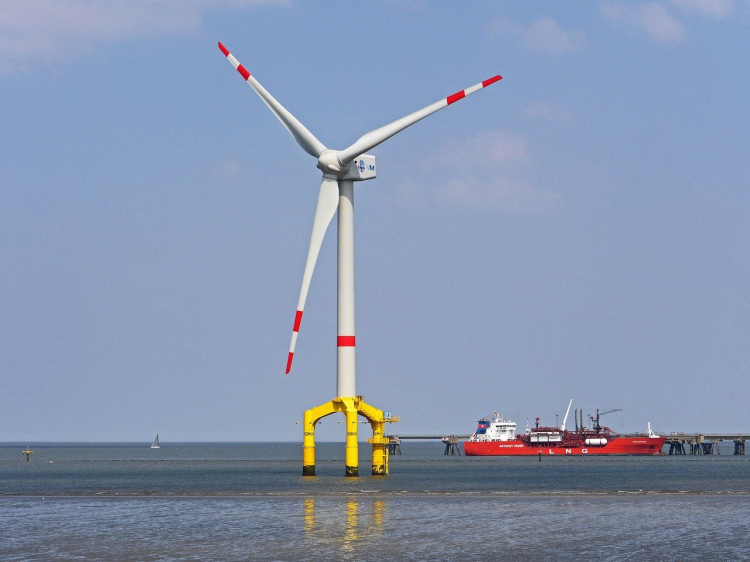Rapid growth in renewable energy meets an insurance market in evolution

Rapid growth in the renewable energy sector iscreating significant demand for risk transfer, with mixed responses from the insurance market, according to the latest WTW Renewable Energy Market Review: After COP26: risk implications for the renewables industry.
Unprecedent developments in the renewable energy sector continues to accelerate as companies look to transition to a low carbon environment. The report from WTW provides an extensive overview of this sector, which still needs more development in the short term to meet the Net Zero pathway of the International Energy Agency (IEA).
The report indicates that the renewables insurance market is stabilising, with low to mid single-digit price increases expected on renewals in 2022. Challenges remain in many areas, for example, legacy asset decommissioning, operation, maintenance and spares, natural catastrophe risk, lender obligations, the pace of technological change and supply chain interruption risks.
In his introduction to the report, Graham Knight, Head of Global Natural Resources, WTW, states: “By implication, risk managers will begin to play a much more dynamic role in shaping climate risk responses within their companies – especially in relation to establishing improved ESG ratings, given the increased scrutiny from the financial industry.”
Flight to quality
There is a high level of risk selection by insurers. Critical to unlocking capacity from a cautious market, says WTW, is engagement with insurers. Graham Knight commented: “The renewable energy industry is transforming at a speed which can be difficult to track. This creates an incredibly complex and fast evolving environment for the insurance sector, so it’s essential that companies understand how to manage not only the speed of growth but also the emerging risks that arise, such as supply chain issues.”
Climate-exacerbated risk events, such as the freeze that hit renewable and non-renewable power systems in Texas in February 2021, are continuing to concern insurers. The supply chain issues, such as higher materials prices and lower carbon production, are driving risk awareness and greater recognition of interconnections.
Alternatives to traditional insurance may provide risk transfer capacity for businesses involved with renewables, WTW comments. For example, the market does not provide adequate non-damage cover for business interruption risks resulting from weather risks,
In this case, parametric insurance may fill a gap by providing cover for financial losses using non-damage triggers, such as weather-related indices. These tools and solutions are based on data from reliable providers accepted in the insurance market.
Be in line for improvements in the market
WTW advises the following:
Align your risk transfer strategy at corporate level.
Base your risk transfer strategy on sound understanding of the risk.
Make sure your values are accurate.
Conform with the flight to quality.
Engage personally with underwriters.
Get your timing right.
Consider alternative solutions, such as parametric instruments.
